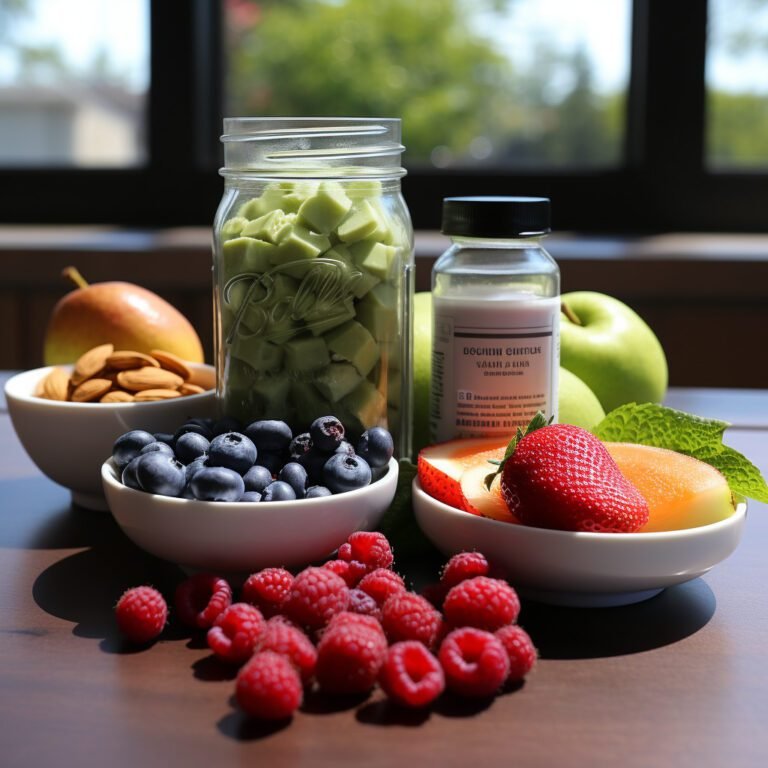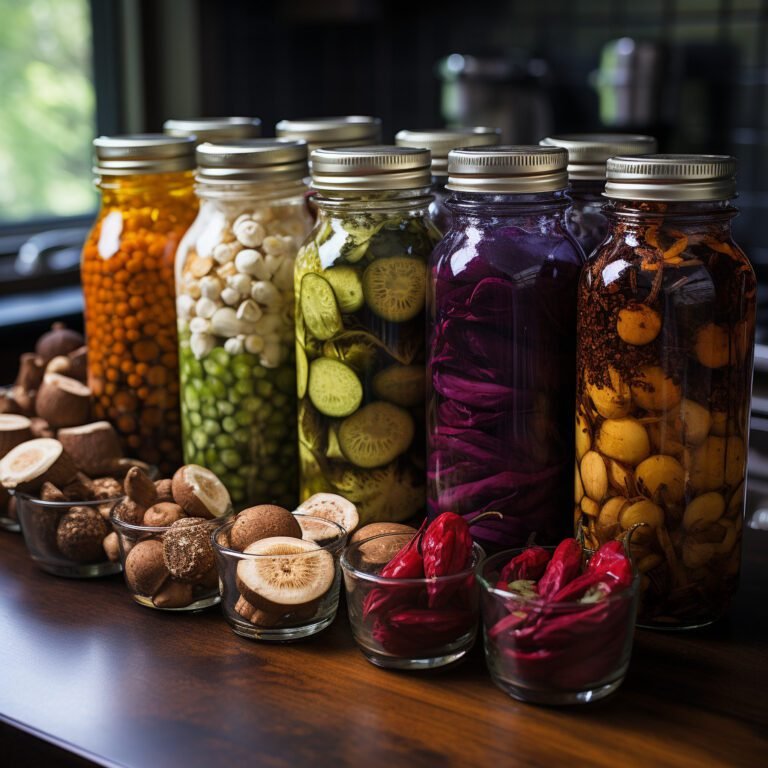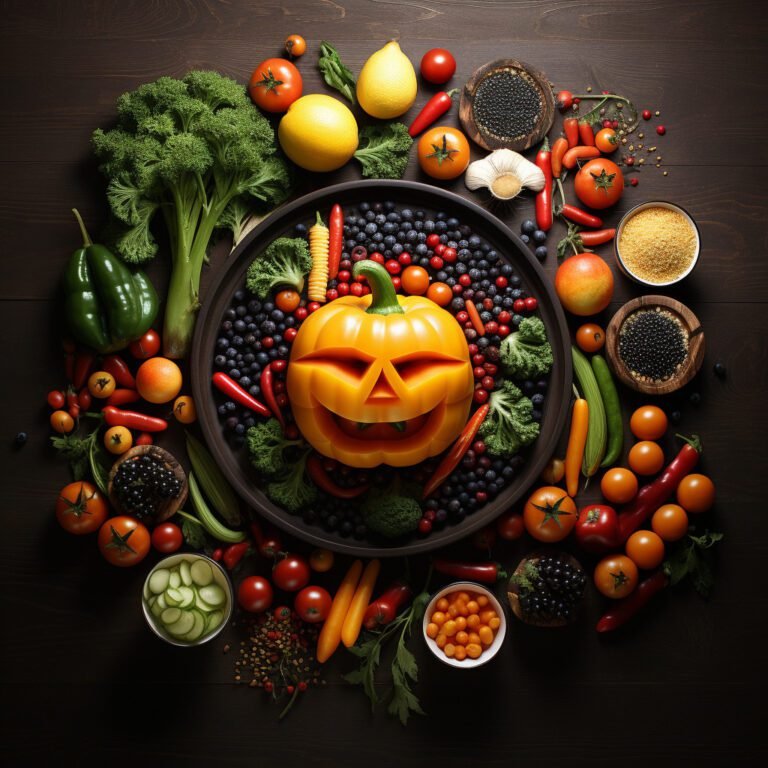Artisanal Cheese Making: Crafting Unique Dairy Delights from Scratch
Introduction to Artisanal Cheese Making
There’s something undeniably magical about the process of artisanal cheese making. The transformation of simple, wholesome milk into complex, unique cheeses is a timeless craft, steeped in tradition, and rooted in the rhythms of nature. Whether you’re a cook looking to expand your culinary horizons or a food enthusiast wanting to learn about the intricacies of cheese, this guide is your first step into the fascinating world of homemade artisanal cheese.
The Art and Science Behind Cheese Making
Cheese making is a delicate balance of art and science. On one hand, it requires precise measurements and strict adherence to temperature and time. On the other, it demands creativity, intuition, and a keen sense of taste and smell. The process starts with milk, which is then curdled using an acid or rennet. The curd is cut, cooked, and pressed to create cheese.
Cheese can be categorized into several types based on the process of making, including fresh cheese, soft cheese, semi-hard cheese, hard cheese, and blue cheese. Each type has its own unique set of characteristics and requires specific techniques and conditions.
Materials and Ingredients for Cheese Making
Getting started with cheese making doesn’t require a lot of fancy equipment. Some essential tools you’ll need include a large stainless steel pot, a long knife for cutting the curd, a thermometer, a cheese press, and cheese molds. As for ingredients, you’ll need high-quality milk (preferably raw and from grass-fed animals), starter cultures, rennet, and salt.
Starter cultures are responsible for the initial fermentation of cheese, while rennet, an enzyme, helps coagulate the milk. Both are essential in defining the flavor, texture, and aroma of your cheese.
The Process of Making Artisanal Cheese at Home
Making artisanal cheese at home can be a rewarding experience. Let’s look at a simple process to make a basic hard cheese:
- Warm the milk: Pour your milk into the pot and slowly heat it to the temperature specified by your cheese recipe.
- Add the starter culture: Once the milk is at the correct temperature, add your starter culture. This will begin the process of turning lactose into lactic acid, an essential step in cheese making.
- Add the rennet: After the starter culture has been added, the next step is to add rennet. This will cause the milk to solidify and form curd.
- Cut and cook the curd: Once a firm curd has formed, cut it into small pieces and heat them to release whey. The size of the curd pieces and the cooking temperature will influence the cheese’s final texture.
- Press the cheese: The curd is then placed in a mold and pressed to shape the cheese and expel any remaining whey.
- Age the cheese: Finally, the cheese is aged in a controlled environment. The aging process can take anywhere from a few weeks to several years, depending on the type of cheese.
While this is a simplified overview of the cheese-making process, it provides a good starting point for home cheese makers. Remember, patience and practice are key in crafting artisanal cheese from scratch.
Conclusion
Artisanal cheese making is a craft that combines tradition, science, creativity, and a love for good food. It’s a journey of discovery, experimentation, and most importantly, enjoyment. So, roll up your sleeves and dive into the delightful world of homemade cheese. Your taste buds will thank you!





